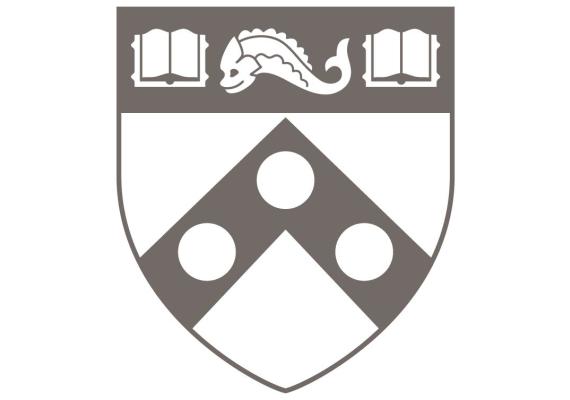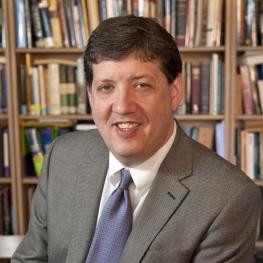A Dispatch from the World Congress of Jewish Studies

The World Congress of Jewish Studies, currently underway in Jerusalem at the Hebrew University, is a rare enough event that it deserves special mention. The first congress occurred in 1947, making it older than the State of Israel, and the present congress—the 17th—has brought together thousands of scholars for some 1800 presentations. It is the largest academic gathering in the field, and offers great evidence for its international and multi-lingual character. There were sessions in Yiddish, Spanish, English, and Hebrew, with participants from some 40 countries.
The fact that the congress happened at all is something of a miracle (albeit a miracle with its fair share of glitches.). As I came to learn in the last few months, the World Union of Jewish Studies which runs the congress has a tiny staff, and it is hard to imagine how just one full time person, another part time staff member, and a few behind the scenes volunteers pulled everything off. It tells you something about the congress that I had a check returned because one of the staff member’s children had written all over it with crayon. And yet they pulled it off, producing a conference that not only consisted of 700 or more sessions, but also musical and dance performances, piyyut workshops, film screenings, and much else.
One of the sessions I participated in concerned the future of the research institute in Jewish Studies. We thought it would be interesting to unite directors from Israel, North America, and Europe to discuss how such centers operate in those very different settings; what challenges they face, and how they envision the future. We managed to pull together a panel that could draw on experience from the Mandel Scholion Research Institute at the Hebrew University, the University of Amsterdam, and Oxford University. The substance of the conversation deserves more attention that I can give it here, but it raised a number of very daunting challenges.
An Israeli panelist spoke of the bleak employment prospects facing new scholars in Israel. Of the 12 doctoral students he has supervised, only 2 have found academic employment. Another European panelists spoke of the daunting financial and administrative challenges faced by Jewish Studies in continental Western Europe—try raising money for Jewish Studies in a country where income taxes exceed 50%. Jewish Studies has taken root in Poland in remarkable ways, but a lot of the support for an institution like Polin: the Museum of the History of Polish Jews comes from outside the country and may dry up as the generation that emigrated from Poland to America dies off. There are social challenges, political challenges, and cultural problems, including the decline of the humanities in general (which seems even more dire in Israel and Europe than in the United States).
Some left the session with a pessimistic view of the field’s future, but the counterargument was the Congress itself. It is true that, as one long time Hebrew University faculty member pointed out, this was the first congress that received no support from the Israeli government—a sign of the state’s declining support for education and research—and one looking for corroboration of a bleak future could find other inauspicious signs at the Congress as well. On the other hand, there is the fact that 25 academic sessions are happening at any given time. There are all the incredibly bright post-docs and graduate students in attendance. There are so many books on sale and so much animated discussion unfolding in the hallways. I cannot confirm it, but I’ve been told that there were only about 75 people in attendance at the first World Congress in 1947. Today, there are thousands of attendees. A hopeful sign.

17th Congress of World Jewish Studies
